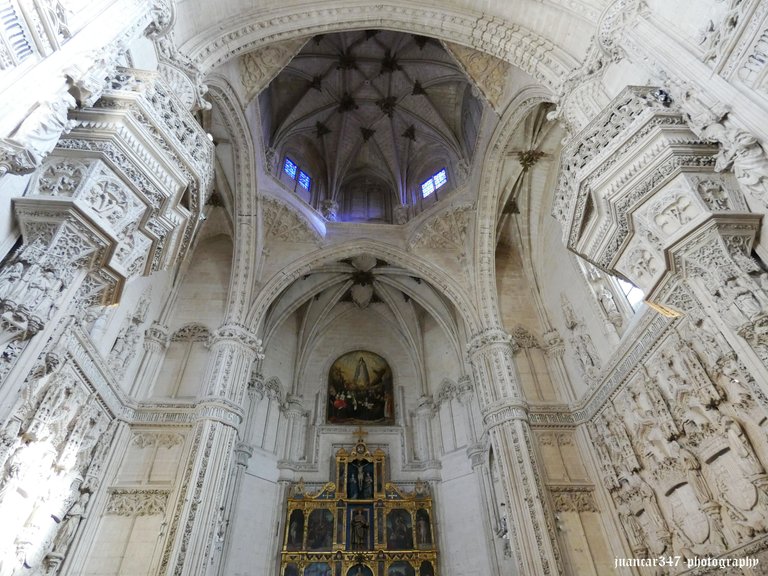
Last December, taking advantage of the Christmas days off, I once again felt nostalgic for adventure, for beauty and for the great architectural landmarks of the past and without a moment's hesitation, I once again trusted my intuition, especially when a name appeared on the luminous horizon of my vision, just as the Great Pyramid was built, not only to endure over time, but also to be the symbol of the luminous horizon of Pharaoh Cheops or Khufu: Toledo.
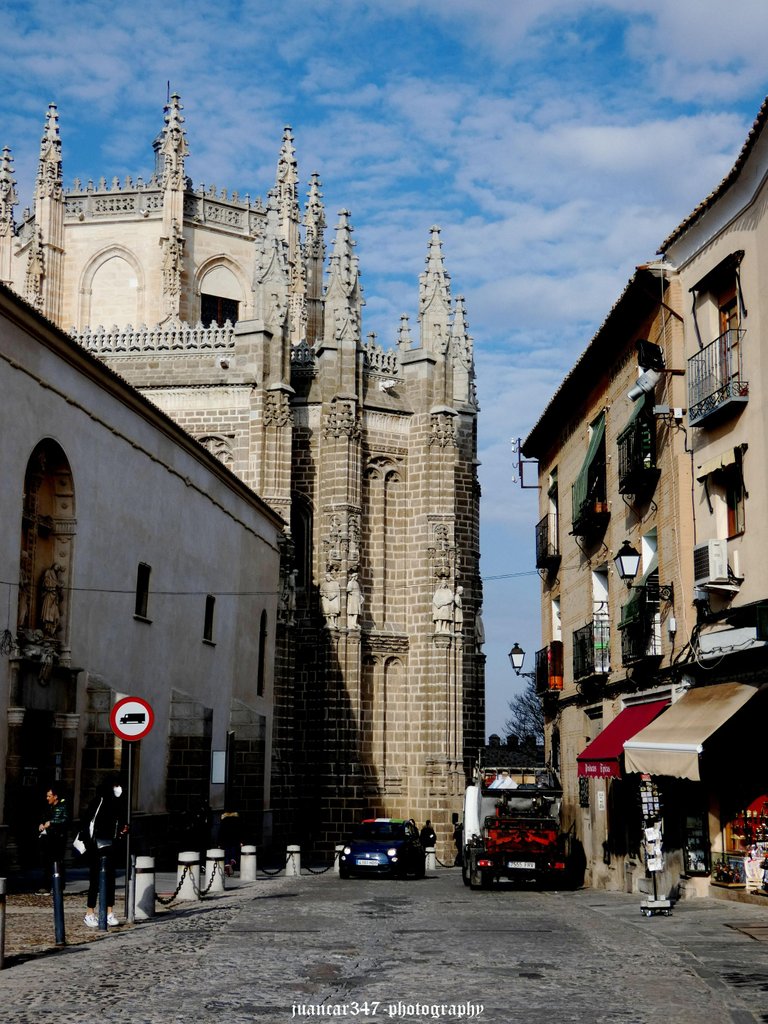
Toledo, as I think I have said on other occasions, is the perfect destination for all those who wish to embark on a journey through time, which also includes, by the way, the opportunity to feel, more or less than its maximum splendor, the Borges' famous and masterful formula, similar, in essence, to Einstein's relativism, where yesterday is today and also still.
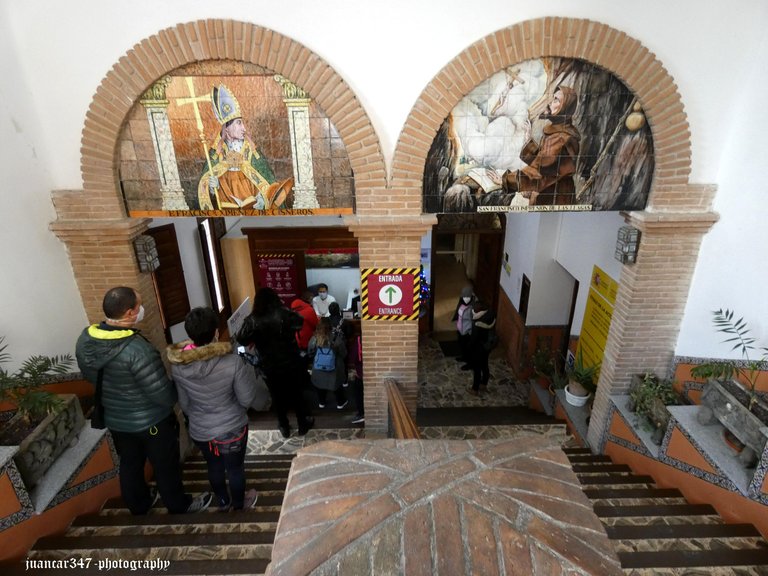
It is difficult, then, for one not to be seduced by any of the innumerable charms of this capital of forgotten empires, as the German poet Rilke described it, but also, and this is an important detail, because of the inevitable magnetism that comes with being, in addition to , one of the main capitals of the Three Book Cultures -Jewish, Muslim and Christian- that gave it a special character, whose mixture of exotic charm has always been a source of inspiration.
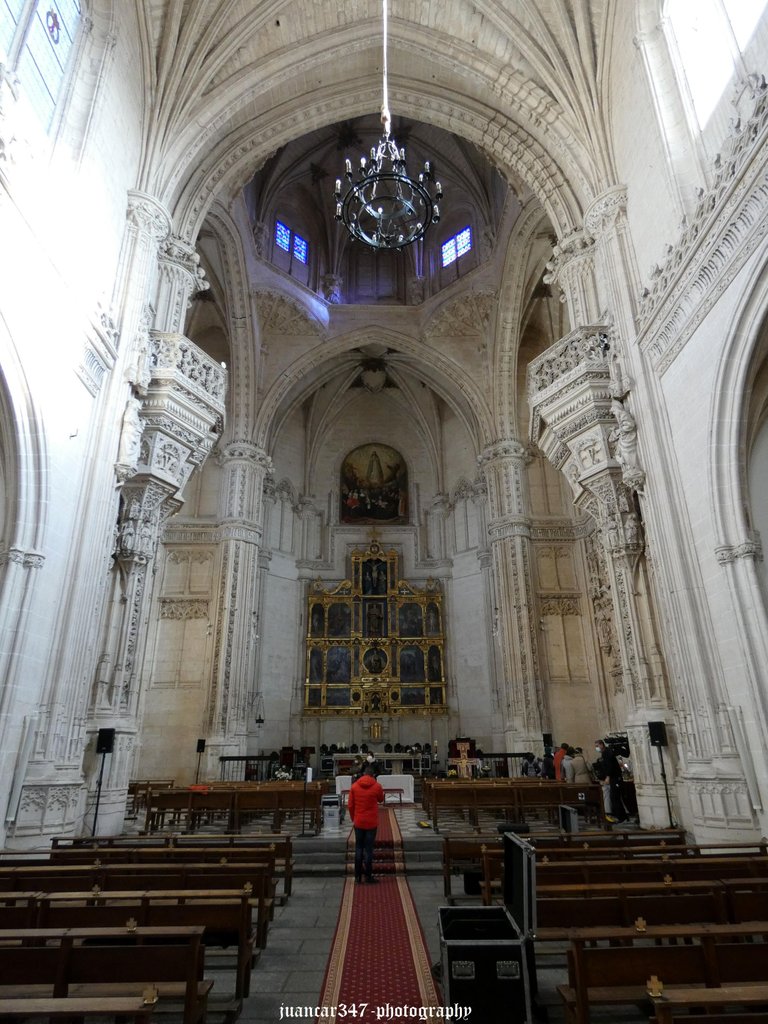
If in the past I had the opportunity to show you, as far as possible, part of the charm of an old Jewish synagogue, today I intend to take a turn - who knows if 0 or 180 degrees - and show you one of the most magnificent monasteries Christians of Spain: that of San Juan de los Reyes.
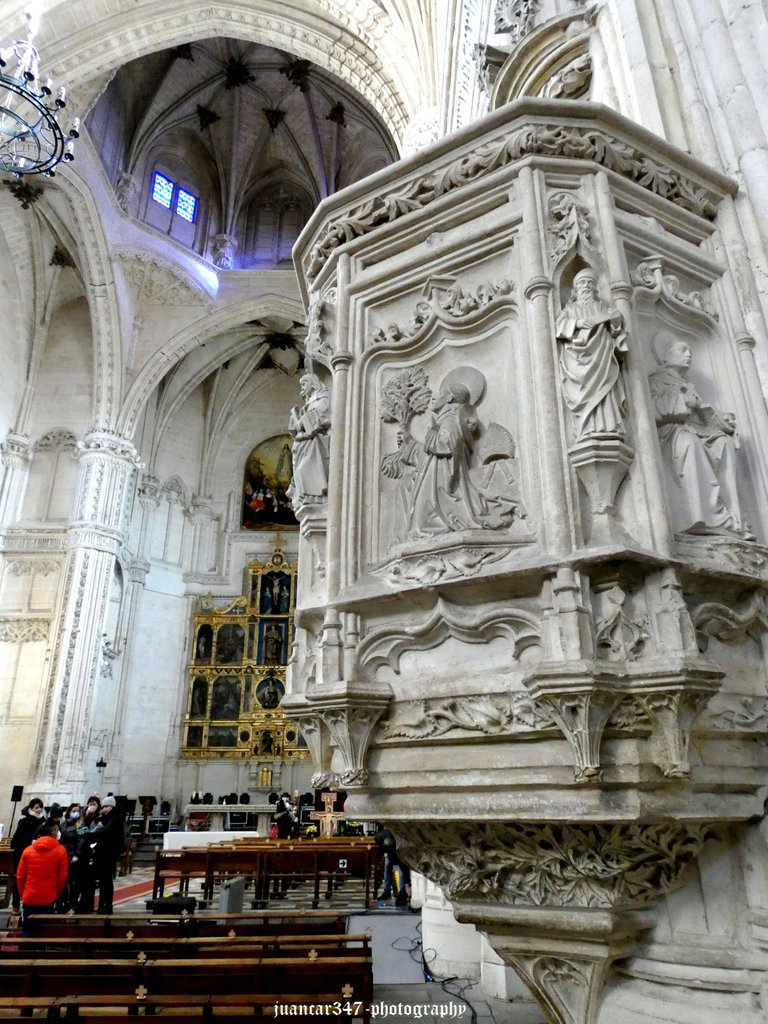
San Juan de los Reyes -a reference to the kings of Unity, Isabel and Fernando, the Catholic Monarchs- is an immeasurable building, which arouses passions and could be added, even at the risk of raising suspicions among some conservative sectors, which is also a small symphony, whose notes, assembled in the masterful score of Sacred Geometry, gracefully flow into the metaphorical ballroom of the Universe.

The title that the experts give to its style, 'Elizabethan Gothic', is rather honorary, in my humble opinion, because like many other buildings of its time and style, built when the Gothic began to be metaphorical autumn to take refuge in the non less metaphorical winter of other styles, such as baroque, could well be classified within that English or flamboyant Gothic, which through its incendiary pinnacles was beginning to see the medieval brilliance of its own star fade.
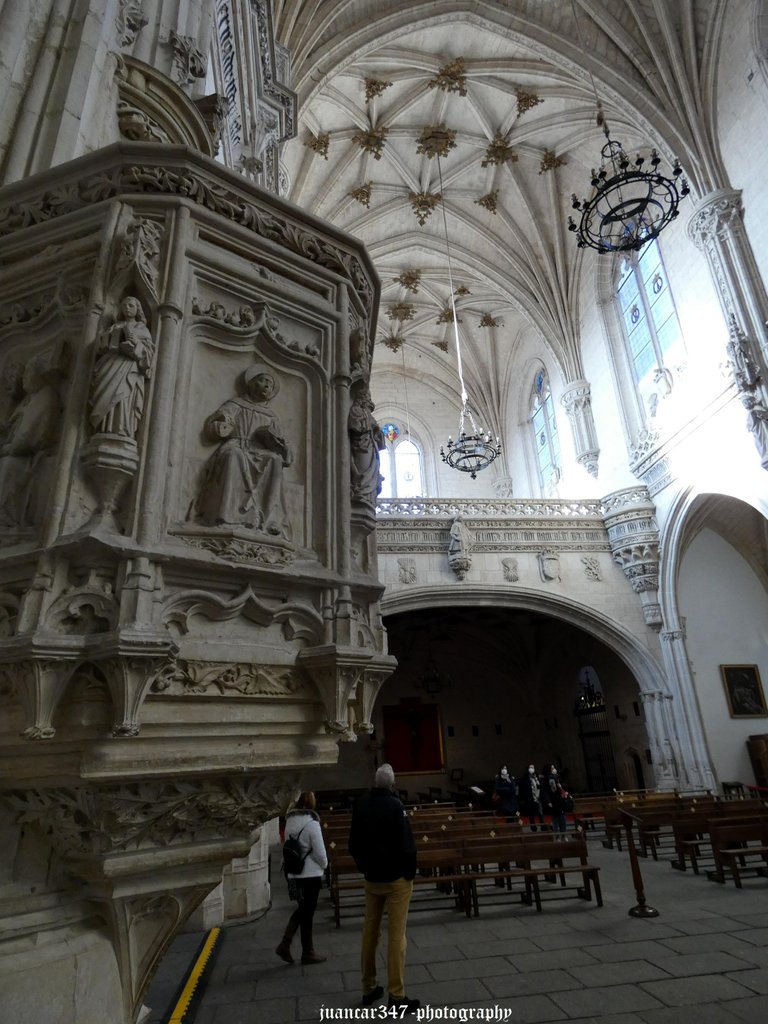
A star that, having mysteriously arisen in the obsolete horizons of a preceding Romanesque style, was going to end up disappearing in the same mysterious way, until it was remembered, centuries later, when a possible entrenchment of the architectural arts made an attempt at recovery -more responding to one fashion than to another thing- under the epigraph of neogothic, which reproduced the form, but little or nothing the essence or the spirit that the medieval builders imprinted on their creations.
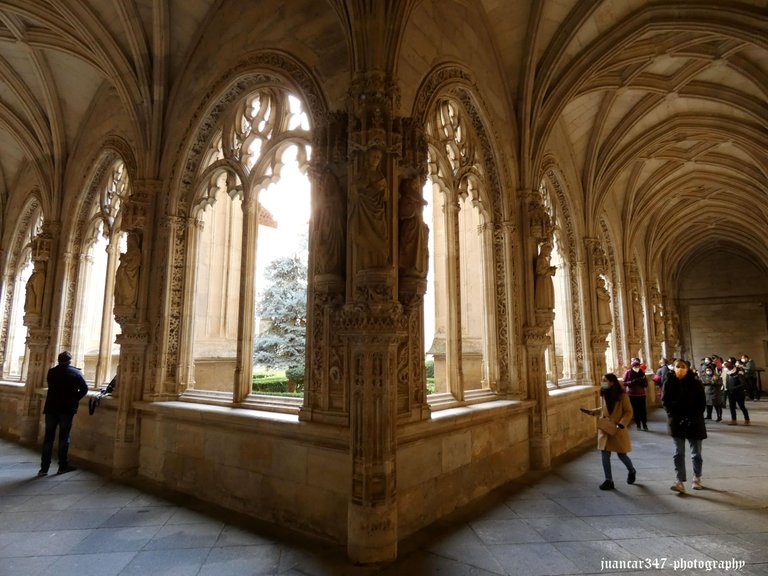
This spirit can still be seen as soon as we look at the superb details of this monastery, in whose church, for example, we will find the old medieval symbology again and in whose main vault, the eight-pointed star of the philosophers -the same one that guided the Magi to Bethlehem-, the one that Fulcanelli alluded to so frequently in his outstanding treatises, will remind us of the magnificence and unavoidable messenger of other points of interest, such as Burgos Cathedral itself.
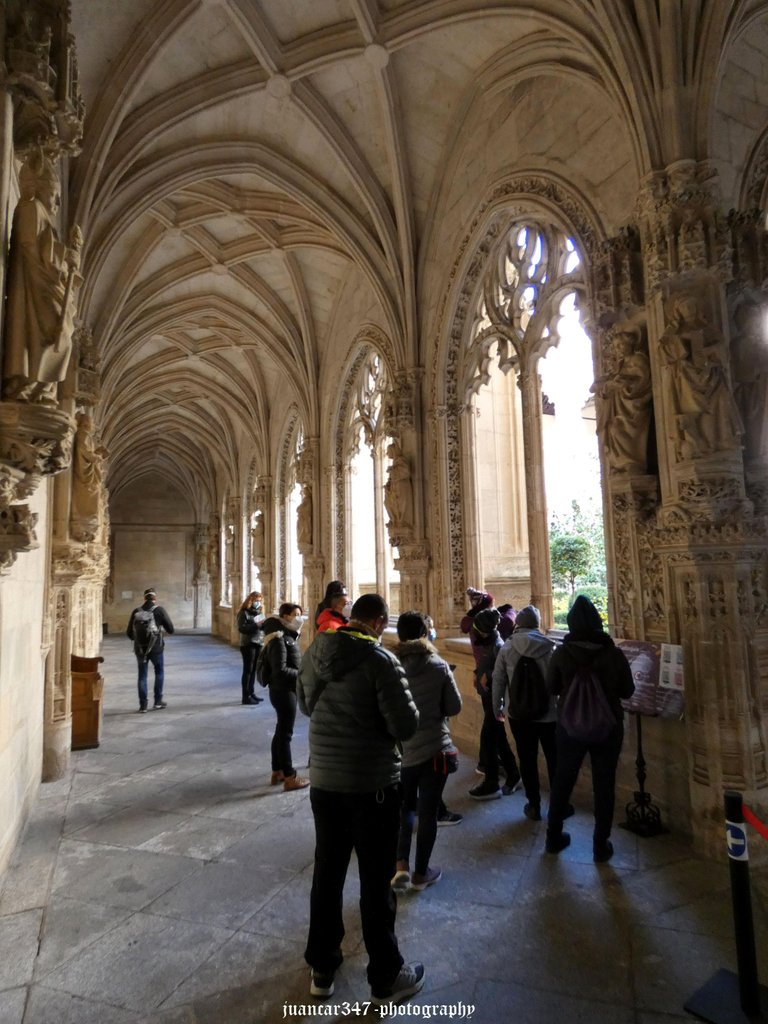
With the superb columns of the nave and the transept, we will also recover the place once occupied by the sacred forests, reproduced in a stone, which, as specified by the great German romantic writer, Goethe, rises towards the heights, precisely towards the place to where the Gothic builders fixed their gaze, while through the sifted light of some windows, which unfortunately, little or nothing of those others, original and treated with the mysterious technique of alchemy, we will be witnesses of that eternal confrontation between light and darkness, which will fill the space with philosophical evocations, which in some way also served as special effects to create favorable environments to free that comparative scapegoat, which is always the unconscious.
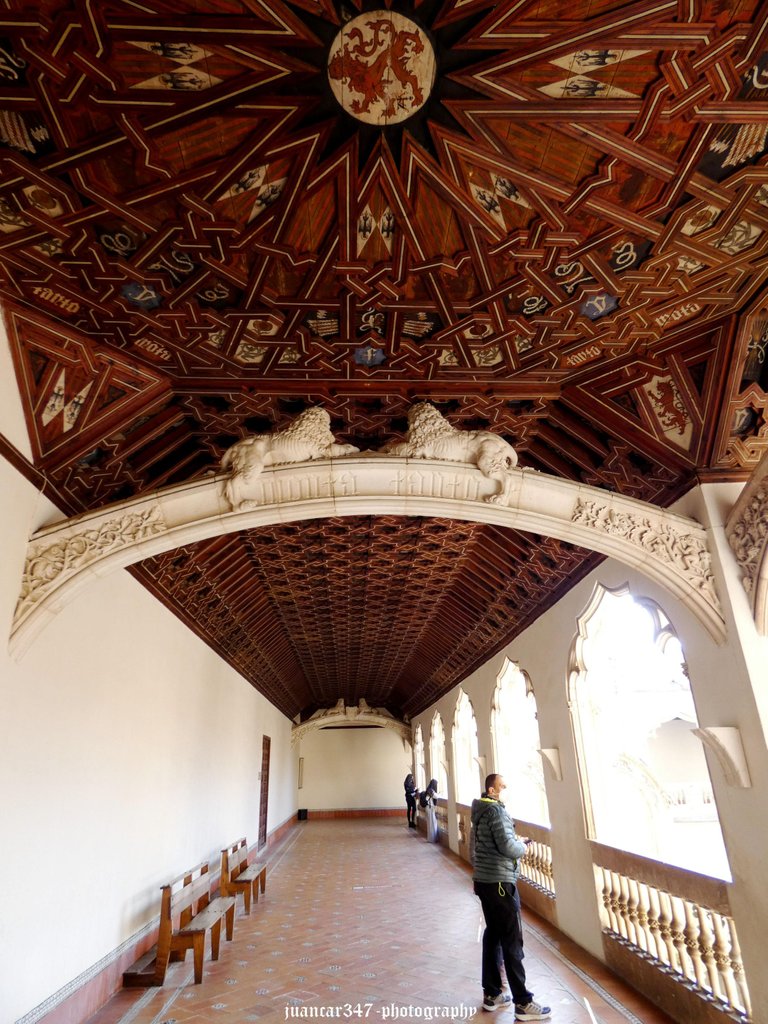
The monastery also has two formidable superimposed cloisters: the lower one, with a baroque symbology, which regardless of its apparently shameless meaning -as I already anticipated in my previous post, the baroque, always fluctuating between the festive and the tragic, as the Spanish spirit- suggests the concealment of a remarkable knowledge of botany and its properties and the upper cloister, from which to obtain, not only magnificent perspectives of the monastery, but also of that no less relevant space, the garden or simile of the Paradysum through which the monks accessed an unprecedented state of well-being and contemplation, but also marveled at the complex, laborious and, without a doubt, masterful piece of unmistakable Mudejar essence: its magnificent coffered ceiling.
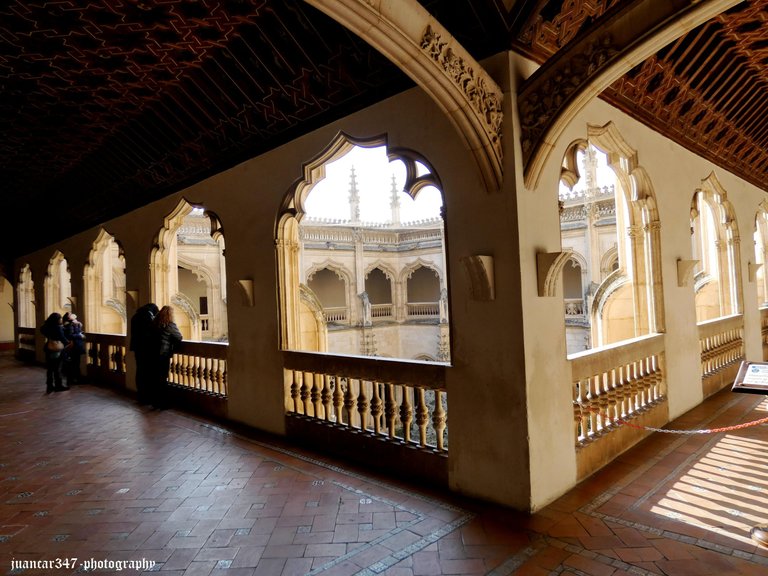
In short: San Juan de los Reyes, a monastery in which to be seduced by something more than a simple architectural and artistic landmark.
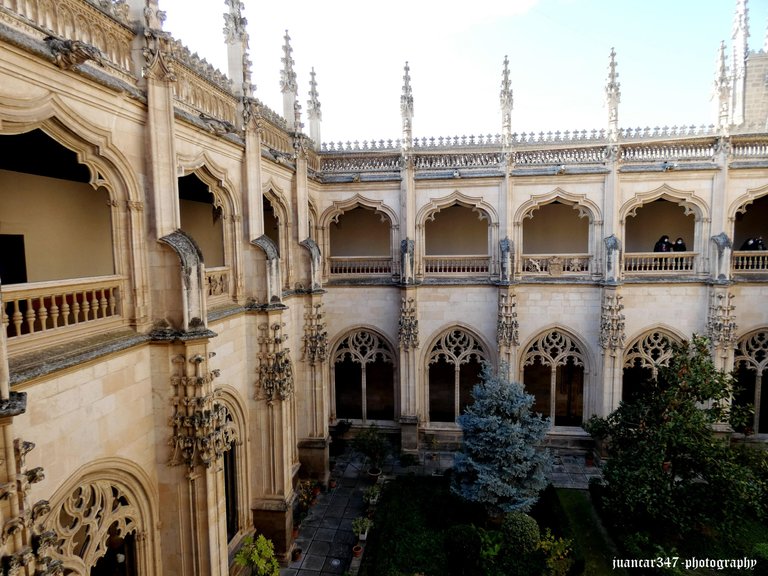
RELATED MOVIE:
NOTICE: Both the text, as well as the photographs that accompany it, as well as the video that illustrates it, are my exclusive intellectual property and, therefore, are subject to my Copyright.
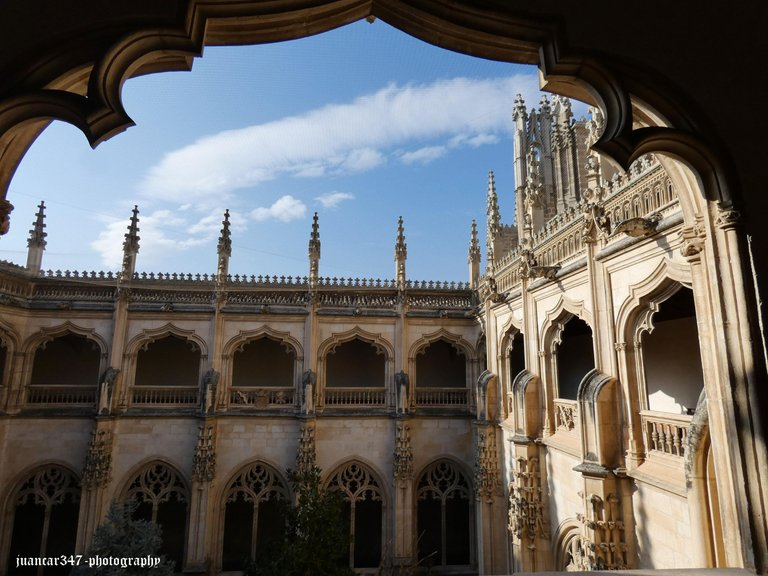
Yay! 🤗
Your content has been boosted with Ecency Points
Use Ecency daily to boost your growth on platform!
Support Ecency
Vote for new Proposal
Delegate HP and earn more, by @sketch.and.jam.
Thank-you very much
Daily Travel Digest #1490.
Become part of our travel community:
- Join our Discord
- Learn more about our travel application
Hiya, @choogirl here, just swinging by to let you know that this post made it into our Honorable Mentions in Your post has been manually curated by the @pinmapple team. If you like what we're doing, please drop by to check out all the rest of today's great posts and consider supporting other authors like yourself and us so we can keep the project going!Thank-you very much
Very nice post my friend I really enjoyed it 👍🏾
Thank-you very much, friend
My pleasure 👍🏾
That's a great architect, good picture friend.
Thank you very much for appreciating it. Greetings
The interior is impressive, it must have been a very tedious job to finish.
Like all the buildings of his style, they were works that, as a general rule, used to last forever. This was due to multiple reasons: the technical means of the time, the investments made and, above all, what has always been called a 'job well done', a detail that broadly defines it, if we take into account its solidity and durability. Thank you for your comment and a cordial greeting.
Great to have you again dear friend @juancar347. The Spanish monastery of San Juan de los Reyes was indeed a fruitful Christmas adventure that allowed you to discover a valuable relic of architecture. That building's Elizabethan Gothic signature is an interesting term to describe its visual character, plus the monochromatic color theme of its vast interior spaces portrays a divine atmosphere, definitely suitable for the constructed religious landmark. This must be an extremely ancient monument because it looks like the landmark's main floor is directly below the street level, isn't it? Hence, you had to descend a few steps to reach the entrance below. Modern developments must have already overlapped this existing edifice. (Please correct me if I'm mistaken).
Of all the sacred geometries in that exquisite location, the photo below caught my attention. I simply can't take off my eyes from all those intricate coffered ceiling details! You also can hardly miss them due to their stark brown contrast from the white surroundings underneath.
Well, I suppose that those steps to which you refer are more modern and refer to the adaptation of the street, although possibly in that same entrance, there was at the time some kind of hostel or hospital for pilgrims. Keep in mind that this way, in addition to being the current entrance, is the place where you can directly access the two cloisters: both the lower one and the stairs that lead to the upper cloister, which at the time must have housed accommodation for pilgrims and converts, as was said at the time. It is not the first time that I visit it, because it is a place that fascinates me, above all, because it has a superlative grandeur and also some small historical enigmas, certainly suspicious. For example, I will tell you one: on the main façade and in Gothic letters that hardly anyone notices, the emblem of the Temple appears (Non nobis, Domin non nobis sed Nomini Tua da Gloriam-Not for us, Lord, not for us but for the Glory of your Name), so it can be assumed that being the monastery after the disappearance of the Order, possibly stonemasons who were related to it at the time took part in it. About photography, what can I say: it is the greatness and magic of the Mudejar coffered ceilings, which as you can see, contain in themselves part of that universal science, which is Sacred Geometry, which was discussed so much by a Muslim teacher and mystic, like Ibh Arabi. As always, I appreciate your comments and observations. An affectionate greeting.
Thank you very much for your explanation of that descending staircase to the entrance. It's simply fascinating to be enlightened by these architectural revelations, especially coming from the interesting pages of Spanish history.
I'm also impressed with this temple's emblem, such a powerful statement indeed! Always a great pleasure to be immersed in your awesome publications. Warm greetings and happy Sunday! 😊
Architecture Brew #57. More power!Congratulations @juancar347! We're delighted to specially curate your awesome publication and award it GOLD MARK in
Thank you for subscribing to Architecture+Design, an OCD incubated community on the Hive blockchain.
Very grateful and my congratulations to all the magnificent posts selected here.
Always a great delight to serve you dear @juancar347. Stay awesome! 😀
The rewards earned on this comment will go directly to the person sharing the post on Twitter as long as they are registered with @poshtoken. Sign up at https://hiveposh.com.
Congratulations, your post has been added to Pinmapple! 🎉🥳🍍
Did you know you have your own profile map?
And every post has their own map too!
Want to have your post on the map too?
Thank-you very much